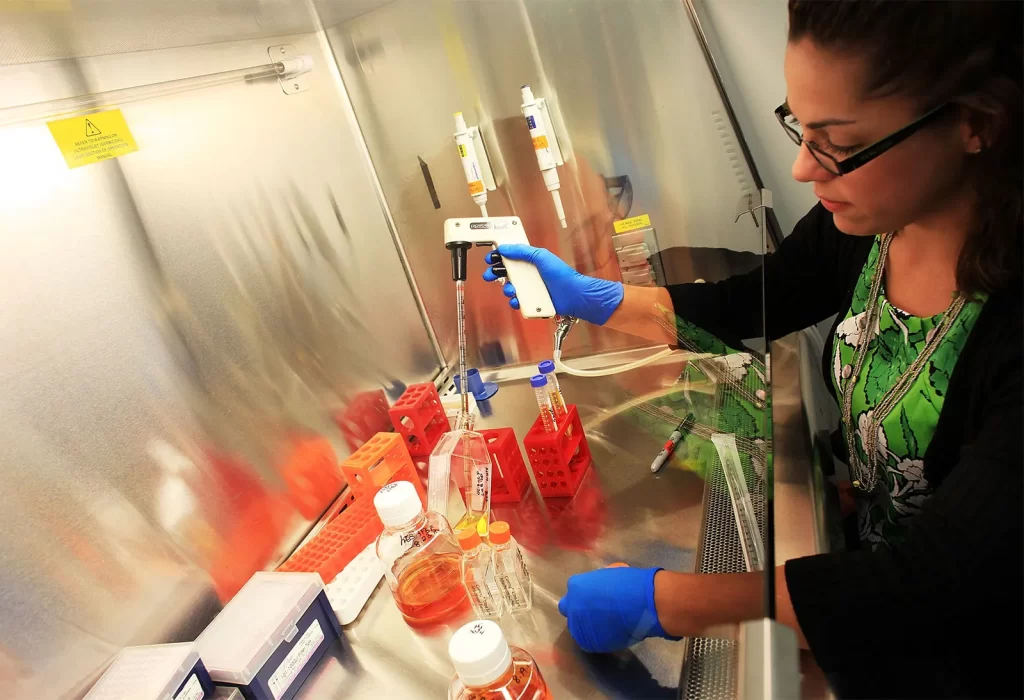In the dynamic realm of medical science, the trajectory from lab discovery to real-world application is a profound journey, nowhere more evident than in the field of regenerative medicine. This transformative discipline aims not only to treat but to restore, harnessing the body’s own regenerative potential to heal tissues and organs. At the heart of this journey is the laboratory, where groundbreaking innovations germinate. Researchers delve into the intricacies of stem cells, exploring their unique ability to differentiate into various cell types, laying the foundation for regenerative therapies. From these foundational studies, a plethora of promising ideas sprout, each holding the potential to revolutionize patient care. As these innovations emerge from the controlled environment of the laboratory, they face the formidable transition from theoretical concepts to tangible solutions. Initial success in preclinical studies propels these advancements into the limelight, prompting cautious optimism within the scientific community.

However, the journey does not end at the lab bench; the real challenge lies in translating these breakthroughs into clinical applications. Rigorous testing, safety evaluations, and regulatory approvals become the crucible through which these regenerative therapies must pass. The quest for regulatory approval is not only a testament to the efficacy of the innovation but also a commitment to ensuring its safety and ethical implications for human use. Beyond the regulatory hurdles, the journey of regenerative medicine ventures into the heart of clinical trials. Here, scientists collaborate with medical practitioners to navigate the complexities of human physiology and pathology. Patient trials become the proving ground, where the efficacy and safety of these regenerative therapies are scrutinized under the watchful eye of medical professionals. This critical phase not only refines the technology but also serves as a bridge to the ultimate destination integration into mainstream healthcare. The successful transition from lab to life is marked by the broader adoption of regenerative medicine in clinical practice. Hospitals and healthcare providers become the stage for the application of these innovations, offering new hope to patients grappling with conditions once deemed incurable.
Stem cell therapies, tissue engineering, and other regenerative medicine phd program move from the fringes of experimental medicine to the forefront of patient care. The ripple effect extends to diverse medical specialties, from orthopedics to cardiology, as regenerative solutions become integral components of treatment protocols. As these innovations find their way into mainstream healthcare, the journey from lab to life completes its transformative cycle. Patients who were once resigned to managing chronic conditions now find solace in the regenerative potential of science. The impact echoes not only in individual lives but also in the broader landscape of healthcare economics, with reduced long-term treatment costs and improved patient outcomes. The odyssey of regenerative medicine innovations, from the controlled confines of laboratories to the bustling reality of healthcare facilities, underscores the symbiotic relationship between scientific exploration and tangible benefits for humanity.